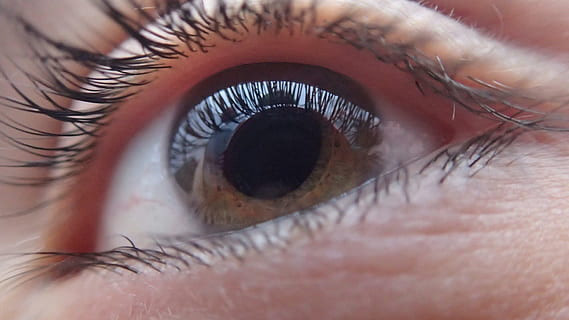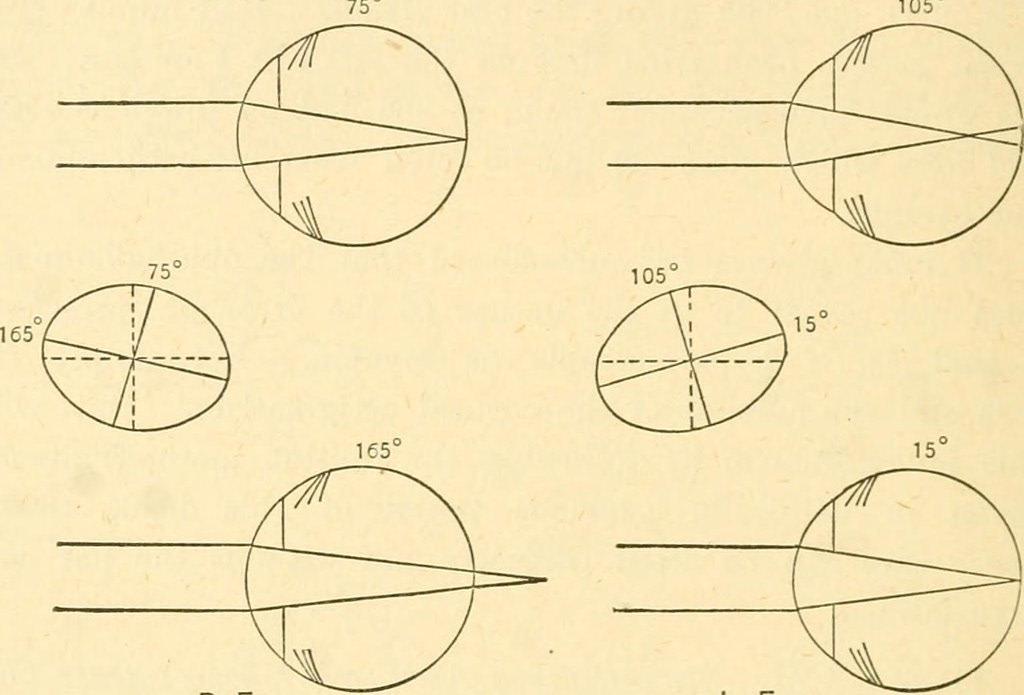Astigmatism: symptoms, causes and treatment

What is astigmatism?
Just like myopia and hypermetropia, astigmatism is also a refractive error. The cornea and lens of eyes are smooth and curved equally in all directions like a sphere so that light rays can focus sharply on the retina. Astigmatism is an imperfection in the curvature of eye’s cornea or lens.
There are two types of astigmatism:
Corneal astigmatism: In this, the cornea has an irregular shape.
Lenticular astigmatism: In this, the lens has an irregular shape.
In both cases, the vision becomes blurry and distorted.
People can have astigmatism along with myopia and hypermetropia.
Symptoms
Symptoms of astigmatism are similar to that of symptoms of myopia and hypermetropia.
Symptoms of astigmatism include:
1. A blurry vision of both near and far objects.
2. Headaches
3. Strain on eyes
4. Squinting eyes a lot
5. Difficulty in driving at night

Causes
When cornea or lens becomes egg-shaped instead of spherical then the eye(s) has two mismatched curves due to which light rays do not bend the same resulting in the formation of two different images. The two images overlap and give rise to a blurred image/ vision.
Different causes of mismatched curves of cornea and lenses are:
1. The refractive error is present from the birth
2. It has happened due to an injury or disease.
3. It has happened due to eye surgery.
Myth
It is a common myth that astigmatism can be caused (or made worse) due to reading in poor light, squinting or watching too much television/ computer up close.
Diagnosis

The opthalmologist (eye specialist) can use these tools to examine your eyes for astigmatism:
Visual acuity test: In this test, the patient’s vision is tested with the help of a reading chart. The test starts with large-sized letters, the size of the letters becomes smaller as the test progresses.
Astigmatic dial: This test consists of a chart with a series of lines that make up a semi-circle or full circle. People with normal vision will be able to see the lines clearly. People with astigmatism will not be able to see them clearly. Buy medicines online with discount only from 3MEDS.
Keratometer/ ophthalmometer: This device measures the radius of the curvature of the cornea to examine the degree of abnormal curvature. It does so by measuring the reflected light from the surface of the cornea.
Corneal topography: This can give more information about the curvature of the cornea/ lens as compared to keratometer.
Treatment

Corrective lenses: This is the most common treatment for astigmatism. A person with astigmatism can use either glasses or contact lenses (In case of kids glasses are a safer option). A special type of soft lenses called toric lenses can also be prescribed to the patients.
Components of the prescription lenses include:
OD (oculus dexter): The right eye
OS (oculus sinister): The left eye
OU (oculus uterque): Both eyes
The first number (spherical correction): Number with a minus sign means the person has myopia and number with plus sigh means the person has hypermetropia. The higher the number the worse is the person’s vision.
The second number (cylindrical correction): The higher the number the worse is the patient’s astigmatism.
The third number (axis): This is the location of astigmatism on the cornea.
LASIK (laser in situ keratomileuses) surgery: This is a less pain-causing procedure and the patient usually recovers within a few days. In this surgery a thin cut is made in the eye of the patient’s cornea, the flap is lifted and the shape of the cornea is sculpted with the help of laser under the flap. Buy medicines from 3MEDS, the best online pharmacy in India to get your medicines delivered at home.
(PRK) Photorefractive keratectomy: In this procedure part of the outer protective layer of the cornea is removed and the shape of the cornea is changed by removing tissue. After the cornea heals its curvature is even and spherical. This surgery can cause moderate to severe pain.
LASEK ( Laser epithelial keratomileusis): This has almost the same procedure as LASIK but a much thinner layer is affected reducing the chances of damage or injury. It is more painful than LASIK.
In a nutshell
Astigmatism is a refractive error that progresses slowly, so people should get their eyes tested regularly. Kids who are born with astigmatism are unaware of their distorted vision so would not complain about it. Parents should get their children’s eyes tested at regular intervals starting at the age of 6 months. Patients should always consider the risks in different types of surgeries and should consider it only if they find it absolutely safe.
